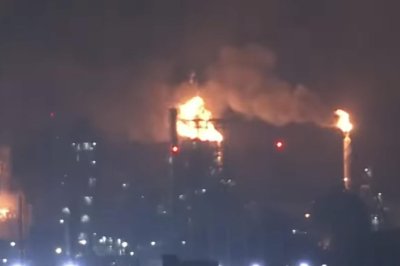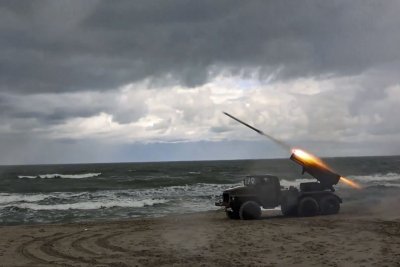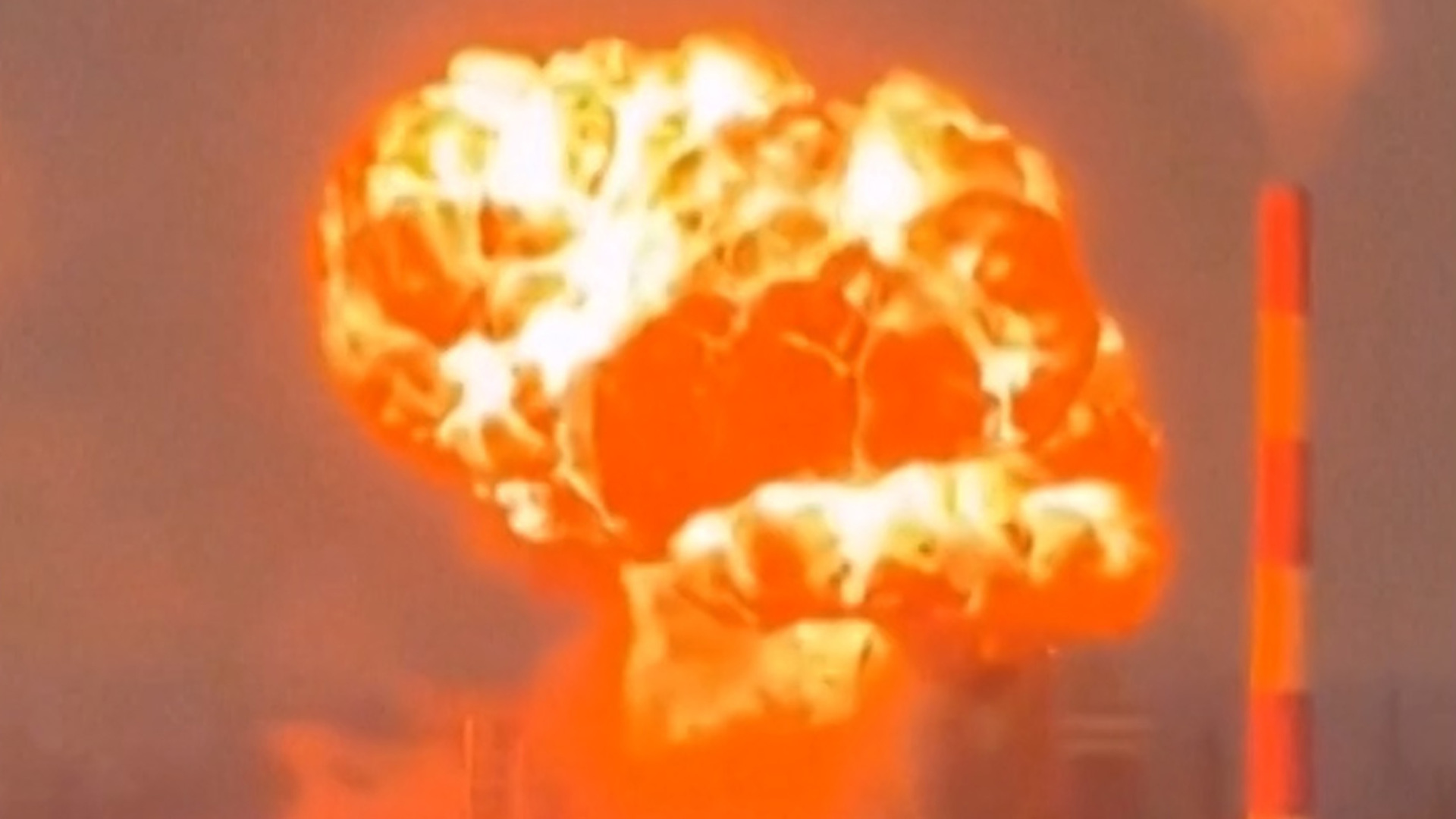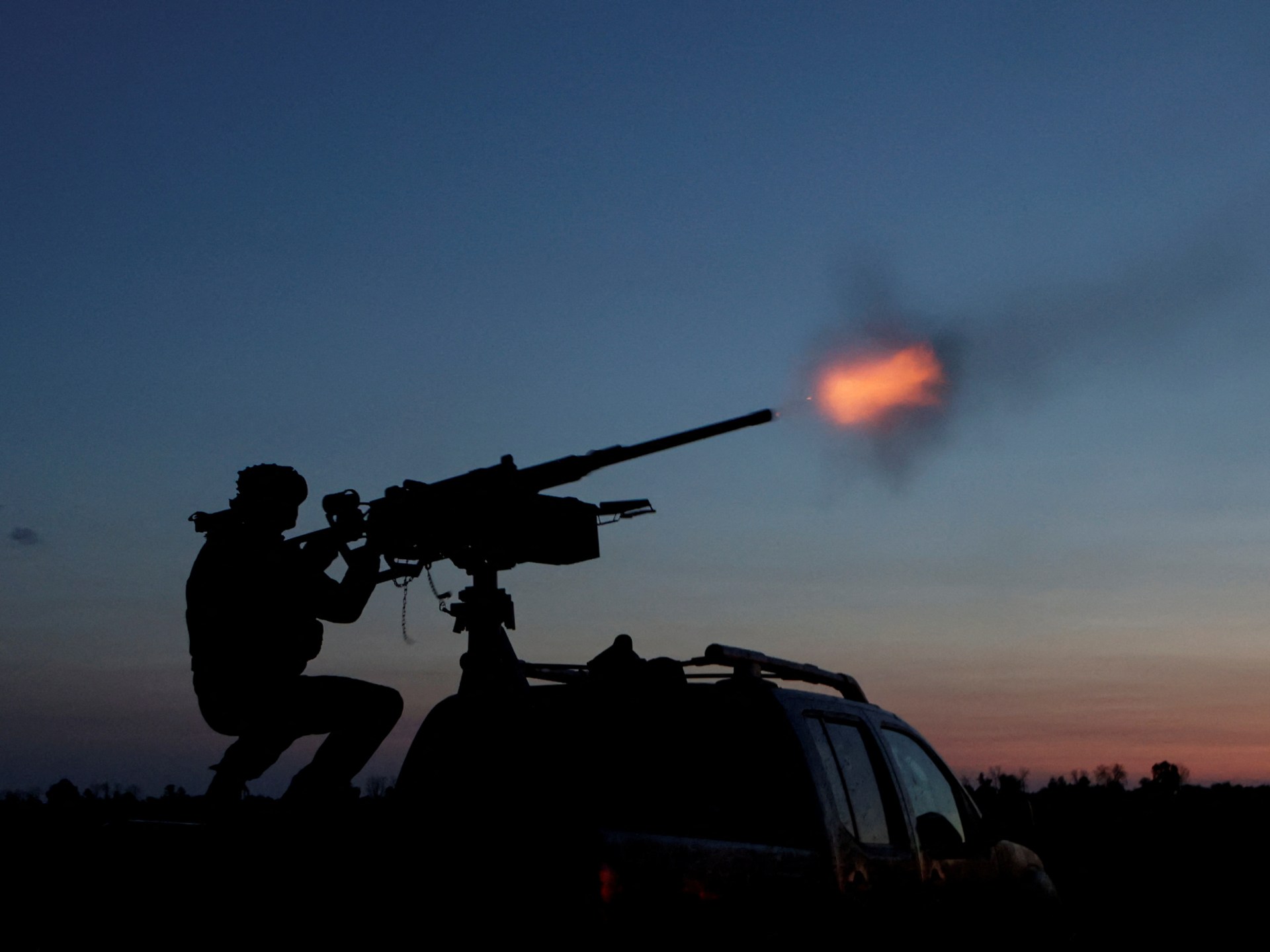California is a state of contradictions. We lead the nation in environmental regulation, tout our clean energy goals with pride and champion a rapid transition away from fossil fuels. Yet despite this green image, our economy — and daily life — still very much run on oil and gas.
Fossil fuels account for roughly 8% of California’s $3 trillion economy — but that’s the first 8%. “If you don’t get that first 8%,” I tell my students, “You don’t get the rest of our economy.” Oil powers everything from trucks to tractors to construction equipment. Without it, you can’t build roads or bridges or get goods to grocery stores. Without refined petroleum products, you don’t make cement, steel, plastics or even the lithium-ion batteries in electric vehicles.
Despite these realities, California energy policy is leading to the dismantling of the critical infrastructure that supports this essential system. Our state has lost more than 30 refineries in the last few decades. We are now down to just nine major gasoline-producing facilities, and two more are scheduled to close in the coming months, Phillips 66 in Los Angeles and Valero in the Bay Area. Those two plants represent 284,000 barrels of daily production and account for nearly 18% of the state’s total refining capacity.
California sits atop one of the largest untapped reserves in the world, the Monterey Shale. But because of policy and regulation, we import most of our oil — including from Iraq, Saudi Arabia, Brazil, Guyana and Ecuador. California has also imported oil from Russia and Venezuela. Ironically, we have among the world’s cleanest refining standards, but we import fuel from places with lower environmental and labor protections.
All of this is enabled by a supply chain that’s more vulnerable than most realize. We have no major pipelines bringing oil to California. We rely on ships — many from Asia — that take 30 to 40 days to deliver fuel. These foreign tankers pollute at staggering rates. Stunningly, because that pollution happens over international waters, it doesn’t get counted by the California Air Resources Board. Closing a refinery in California and importing more fuel causes a net increase in pollution. And adding to our reliance on foreign oil is risky when global instability is rising.
This isn’t just a self-inflicted energy crisis in the making. It’s also a national security issue.
Military bases in California, Nevada and Arizona depend heavily on in-state refineries for specialized aviation fuel and other petroleum products essential to operations. As refineries shut down, the supply chain narrows, increasing reliance on imports from Asia and elsewhere. These gaps create unacceptable logistical and strategic risks for U.S. military readiness in the western states.
And remember, there are estimated to be hundreds of millions of barrels of accessible oil under our feet. Yet we’ve built an energy model that depends on importing foreign oil and, now, a growing dependency on foreign-supplied gasoline.
This isn’t just unsustainable. It’s also borderline irresponsible.
California’s energy transition is inevitable — but how we get there matters. We can’t pretend fossil fuels are already gone. We still need them for the economy, for mobility, for national security and for the working people who can’t afford a $60,000 electric vehicle or a solar roof.
We have the tools, talent and resources to lead a responsible energy transition, one that leverages our in-state production, balances environmental stewardship with economic pragmatism and protects our most vulnerable communities along the way.
But we have to be honest about where we are. And right now, fossil fuels still power the Golden State.
Especially because of coming refinery rules and a new tax taking effect in July, Californians are set to pay the highest gas prices in the nation. Our prices are inflated by a web of taxes, fees and boutique regulations that has grown thicker and more expensive over time. Even if oil dropped to $0 per barrel and refining were free, Californians would still be paying about $1.82 a gallon at the pump — $1.64 of that from state taxes and fees, plus 18 cents in federal gas tax.
According to CalTrans, Californians drive about 1,200 miles a month. If you’re a working-class Californian and gas goes up 50 cents per gallon, that adds about $500 in annual fuel costs. And because you pay for that with after-tax dollars, you’d need to earn at least an extra $750 just to cover it.
That matters to a construction worker commuting 60 miles a day in a pickup truck. It matters to a single mom cleaning homes across the city or a physical therapist driving to house calls. Most of these people can’t easily trade in their vehicles for Teslas and dodge gasoline hikes. Consumer analysis as noted in CalMatters indicates that the majority of EVs are bought by higher-income Californians living in areas such as Atherton, Palo Alto, Sunnyvale and Mountain View.
The people hit hardest by rising gasoline prices are the ones least able to afford alternatives. For most Californians, there is no viable mass transit available. People are just stuck spending more and more of their income on the gas-powered vehicles their lives depend on. Our state’s policies punish people for not being able to adapt quickly enough to a green future that’s not yet built. It’s a regressive tax masquerading as environmental action.
Until California realistically bridges the gap between aspirational climate goals and equitable policy execution, the state’s lofty environmental vision will continue to rest uneasily on the shoulders of its most vulnerable.
The new state excise tax adding about 2 cents a gallon went into effect July 1, and CARB is pushing for a new low-carbon fuel standard that could add and potentially major costs to the prices of gasoline and diesel fuel. No one knows exactly how much — not even the board proposing the rules.
At a recent Assembly oversight hearing, CARB officials were asked if they analyzed their regulations for consumer impacts. Their answer: We don’t calculate that. The room went silent. It was a stunning admission — regulators pushing policy without running the math.
No wonder we’re seeing an exodus of working families. By layering new and unclear costs on top of an already overstretched system, CARB and other regulators are creating what could become a self-inflicted economic shock.
And for what? Not environmental progress. California will be forced to source more and more fuel from overseas — at greater environmental and economic cost. By relying on polluting sources and carbon-intensive shipping, we’ve simply outsourced our emissions to other countries. California is not reducing emissions. We are exporting them.
If this sounds reckless, it is. But more than that, it’s unjust.
These policies are not burdening the wealthy. They’re crushing the working class. They’re forcing families to choose between gas and groceries, between job access and housing stability. They’re also outsourcing jobs overseas.
And they’re being implemented by unelected bureaucrats who, by their own admission in testimony before California lawmakers, haven’t calculated the real-world impact.
The people of California deserve better than this. They deserve honesty, transparency and policy grounded in economic realism, not ideological fantasy and environmental dogma. If recent and coming changes become a tipping point, it won’t be because of some unpredictable global event. It will be because we chose not to look before we leaped.
The path forward demands a pause, a recalibration and a return to common sense. Otherwise, this summer could mark not just another price hike — but the day we began losing control of our energy future.
Michael A. Mische is an associate professor at USC’s Marshall School of Business. A former KPMG principal, he is the author of eight books on business and strategy.








